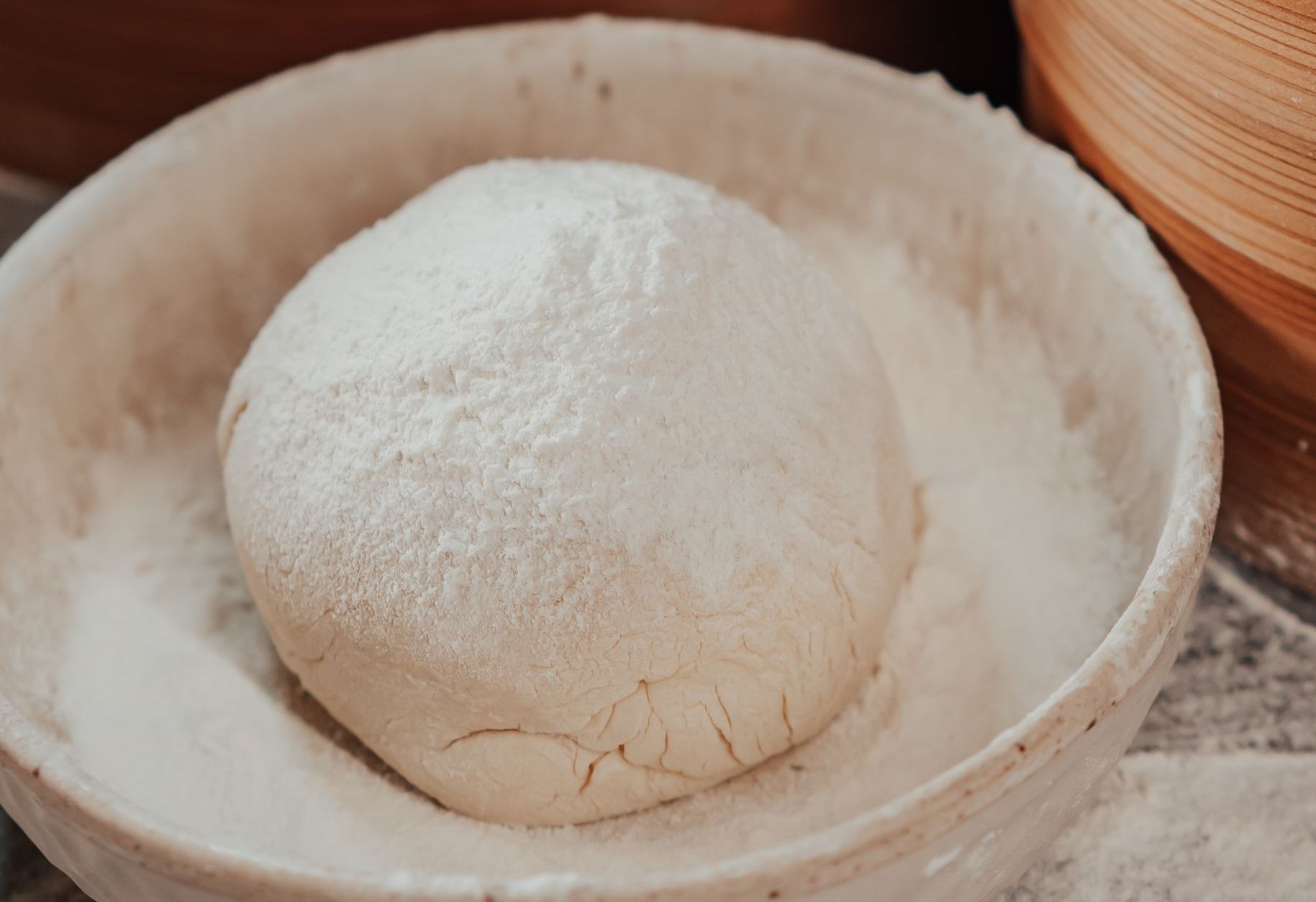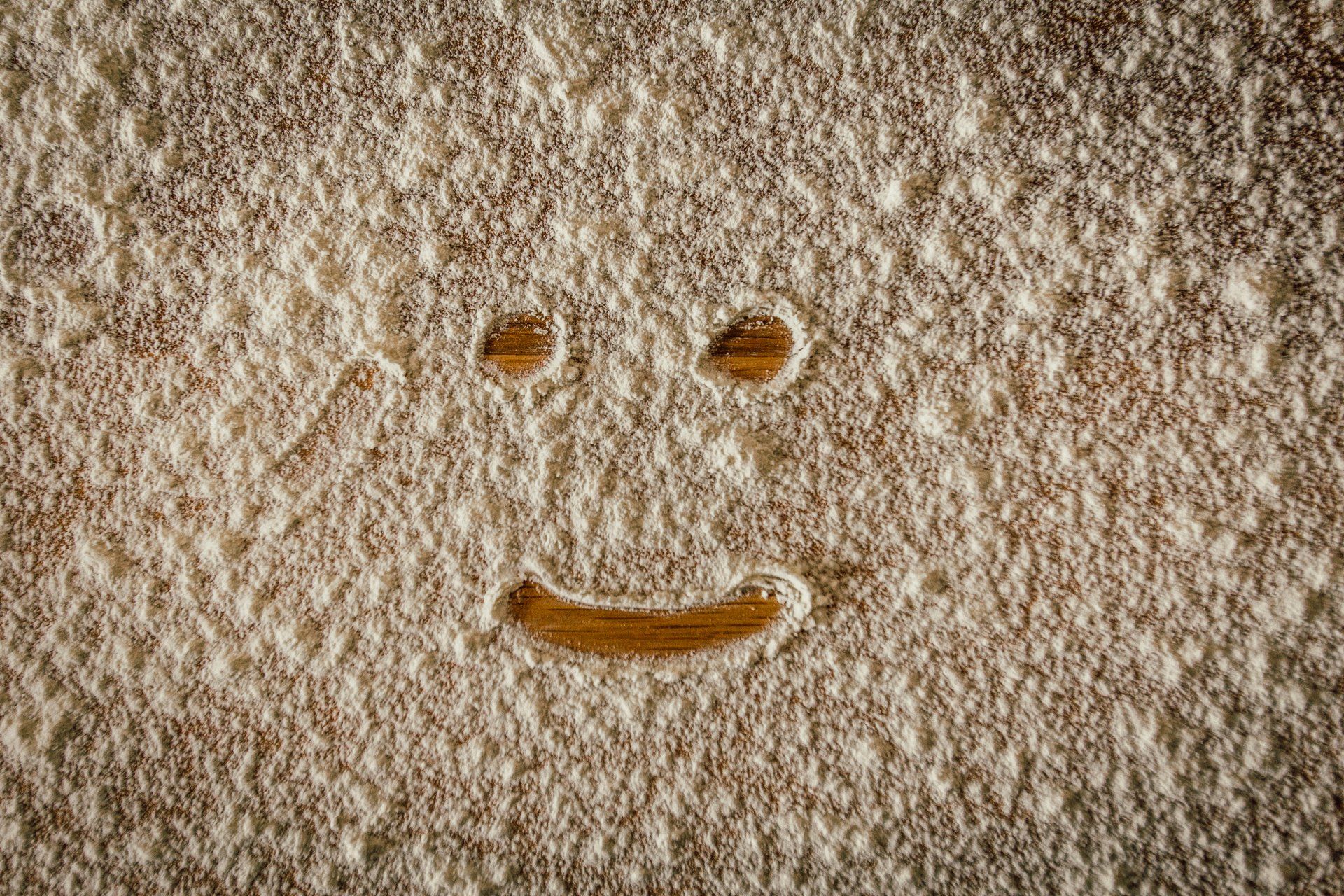Super slow cold fermented pizza dough
Why I often go with a slow and low cold fermentation

Pizza is one of the most popular and beloved foods around the world. It's a simple dish that can be customized in endless ways to suit different tastes and preferences. But what sets a good pizza apart from a great one is the dough. And for me, the key to making the perfect pizza dough is a slow, cold fermentation process that can last up to 100 hours.
So why do I prefer to make pizza with super slow, cold fermented dough? There are several reasons.
Firstly, slow fermentation allows the dough to develop more flavor. As the dough ferments, it breaks down the starches and proteins in the flour, creating a more complex flavor profile. This is especially true when using high-quality, unbleached flour with a high protein content, such as bread flour or Tipo 00 flour. The slow fermentation process also produces more carbon dioxide, which gives the dough a light and airy texture.
Secondly, a longer fermentation process makes the dough easier to digest. The slow breakdown of starches and proteins during fermentation makes the dough more easily digestible, which is great for people with sensitive stomachs. Additionally, slow fermentation helps to reduce the glycemic index of the dough, making it a healthier option for those who are watching their blood sugar levels.
Another benefit of slow fermentation is that it makes the dough easier to work with. Cold fermentation slows down the activity of yeast, which can make the dough less elastic and easier to handle. This is especially helpful for home cooks who may not have as much experience working with pizza dough as professional chefs. The slow fermentation process also allows the dough to fully relax, which makes it easier to shape into a thin, crispy crust.
Finally, slow fermentation allows for greater control over the final product. By letting the dough ferment for up to 100 hours, you can adjust the flavor and texture of the crust to your liking. For example, a longer fermentation time will produce a more sourdough-like flavor, while a shorter fermentation time will result in a milder, sweeter crust. You can also adjust the amount of yeast used to control the rise and texture of the crust.
Of course, making super slow, cold fermented pizza dough requires a bit of planning and patience. You'll need to start the dough several days in advance and let it rest in the refrigerator for at least 48 hours (or up to 100 hours, if you're feeling ambitious). But the extra time and effort are well worth it when you bite into a perfectly crispy, flavorful crust.
So how do you make super slow, cold fermented pizza dough? Here's a basic recipe to get you started:
Ingredients:
- 500g bread flour or Tipo 00 flour
- 10g salt
- 1g instant dry yeast
- 350g cold water
Instructions:
- In a large mixing bowl, combine the flour, salt, and yeast.
- Gradually add the cold water to the dry ingredients, mixing with a wooden spoon or your hands until a shaggy dough forms.
- Cover the bowl with plastic wrap and let it rest at room temperature for 30 minutes.
- After 30 minutes, knead the dough for 10-15 minutes until it becomes smooth and elastic.
- Place the dough in a lightly oiled bowl, cover with plastic wrap, and refrigerate for at least 48 hours (or up to 100 hours).
- When you're ready to make your pizza, remove the dough from the refrigerator and let it come to room temperature for 30 minutes.
- Preheat your oven to the highest temperature possible (ideally 500-550°F).
- Shape the dough into a thin round or rectangle, depending on your preference.
- Add your desired toppings and bake the pizza on a preheated pizza stone or baking sheet for 8-10 minutes, or until the crust is crispy and the cheese is melted and bubbly.
- Slice and serve hot.
One of the great things about making pizza with super slow, cold fermented dough is that it's highly customizable. You can experiment with different flours, hydration levels, and fermentation times to create the perfect crust for your taste. You can also get creative with your toppings, from classic tomato sauce and mozzarella to more unconventional options like fig and prosciutto or barbecue chicken.
In addition to making pizza, super slow, cold fermented dough can also be used to make other delicious baked goods, such as bread, focaccia, and even cinnamon rolls. Baking with slow, cold fermented dough is a labor of love that requires patience and planning, but the results are well worth it. The slow fermentation process creates a flavorful, easily digestible crust that is easy to work with and highly customizable.


